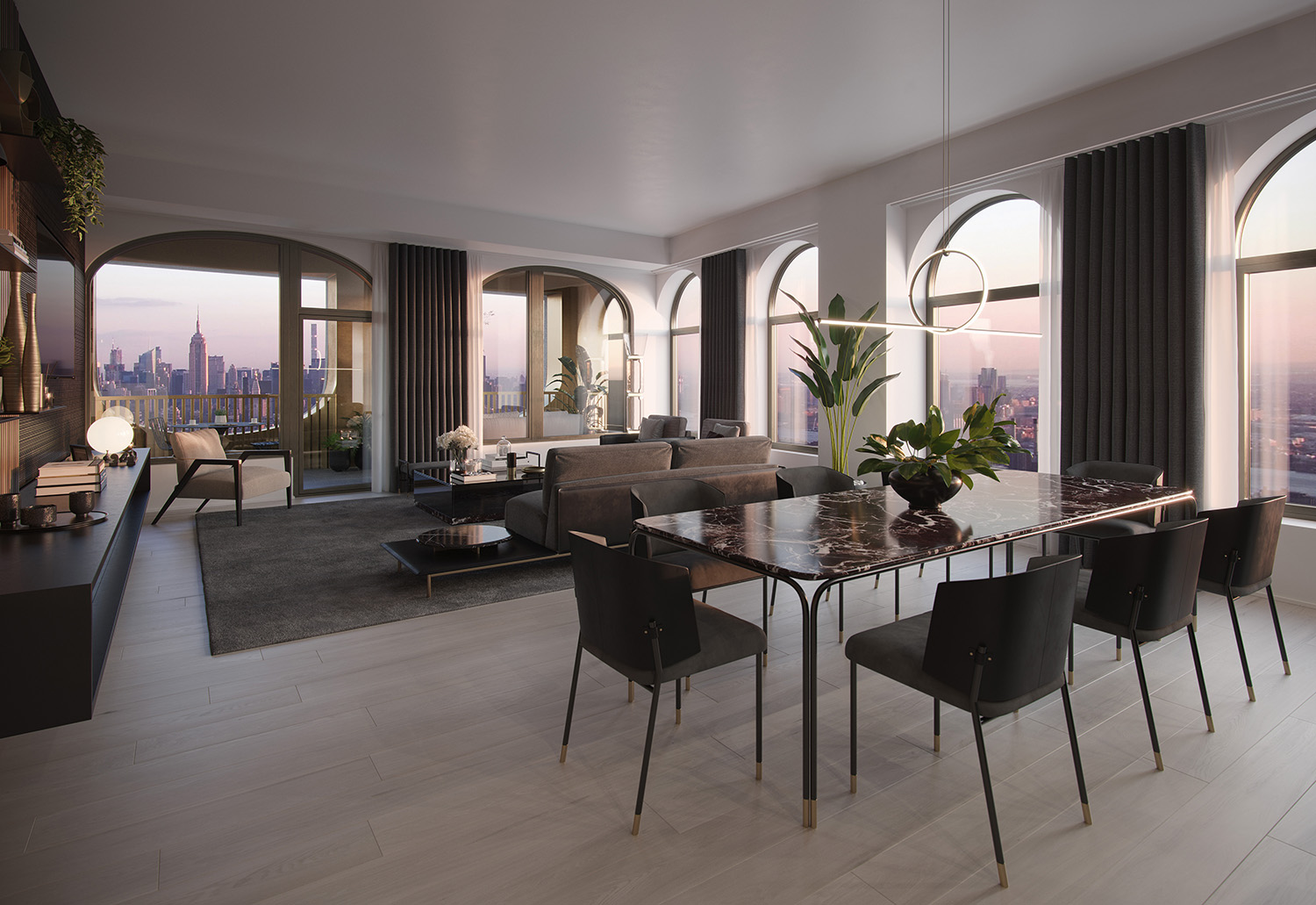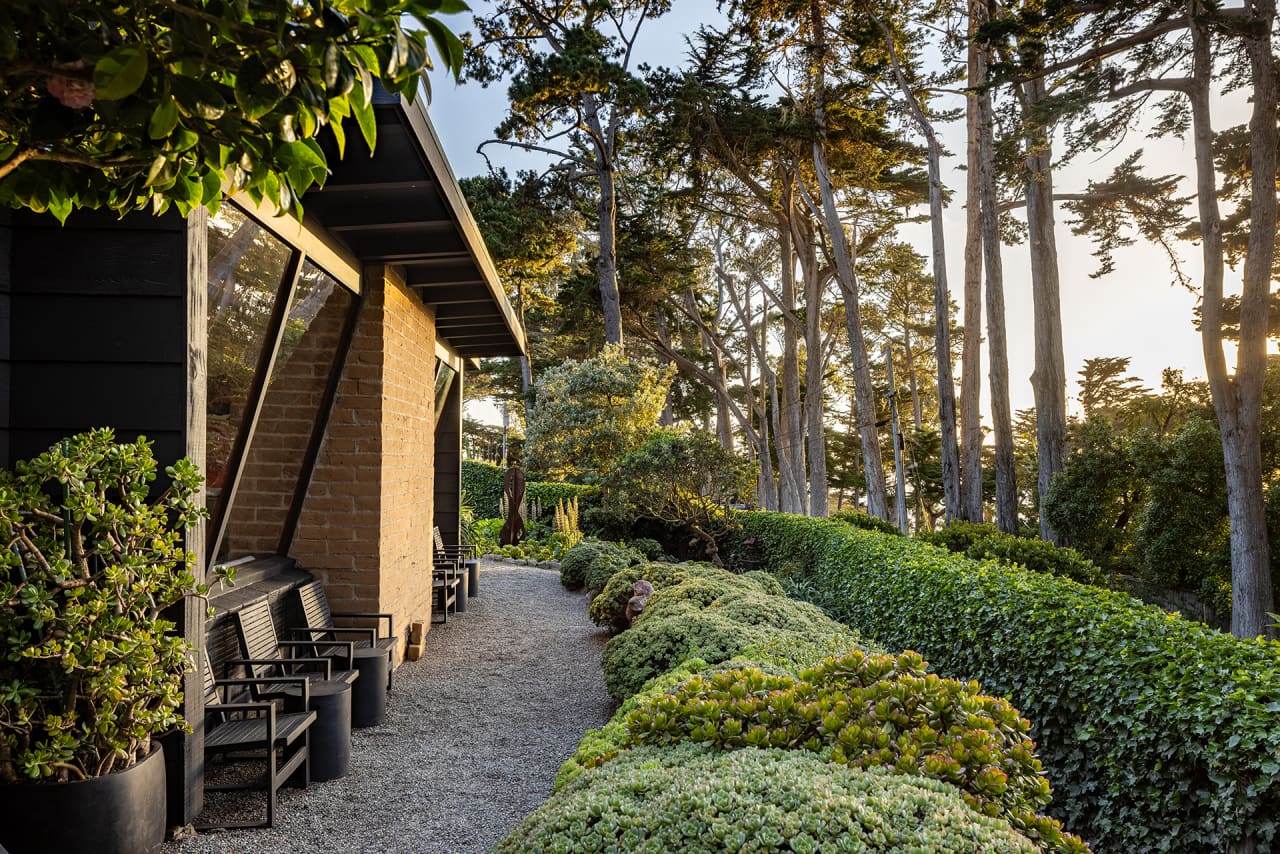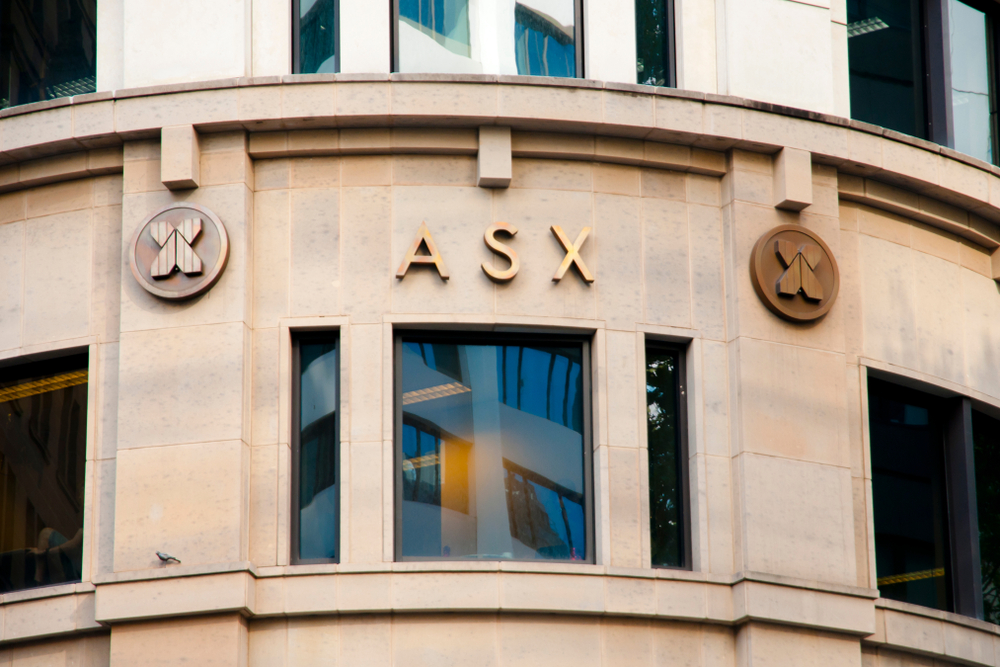Inside Aston Martin’s First Luxury Apartments
Buy the apartment, receive a special edition Aston Martin SUV.
Aston Martin’s design language extends well beyond luxury cars. From helicopters to boats the British marque has now tried its hand at the luxury home, the latest of which sees a collection of five exclusive homes available for purchase in the enviable 130 William building – New York City’s premier new luxury residential development.
Together with developer Lightstone, architect Sir David Adjaye and Aston Martin’s Chief Creative Officer Marek Reichman have worked select residence’s custom furnishings and architecture.
Adjate is responsible for the entire vision of 130 William – designing both interior and exterior elements – which holds 242 residences at over 244-metres and 66 storeys.
The exception being five fully furnished Aston Martin collaborated homes located on the 59th and 60th floors of 130 William with each featuring a private, expansive loggia spanning the entire length of the residence, while bespoke screens divide balconies into a series of distinct zones for dining and relaxing.
Furnishings boast a curated selection of handcrafted materials and textiles from the acclaimed Aston Martin Home Collection by Reichman and Adjaye with other nods to the British marque’s crosshatch pattern – found here in bronze – alongside a smoked glass mirror engineered by Aston Martin and which reflects the city’s skyline.
The flowing spaces combine with the kitchen featuring custom textured blackened oak Italian cabinetry, Gaggenau appliances, marble countertops and a cantilevered Nero Marquina marble top – which acts as additional bar seating.
Bathrooms feature a textured Italian Salvtori marble throughout with the master featuring a solid carved marble bathtub and carved marble double vanity sinks alongside a walk-in shower.
Of the master suite expect an expansive bed with custom cashmere headboard cushions, slender metal detailing alongside bedsides by Formitalia, spacious walk-in closets and wall-mounted lighting by Boffi.
Buyers will have the option of customising one of the rooms in the two-and three-bedroom homes in a racing simulator, an office and library space or bedroom.

As something of a sweetener, owners will also receive the 130 William Adjaye Special Edition Aston Martin DBX in a bespoke colour inspired by the building’s exterior and which features unique elements such as real stone accents, marble inlays matched with satin walnut wood interior finishes and leathers that includes ‘parliament green’ trim and a steering wheel from Aston Martin’s customisation service, ‘Q by Aston Martin.’
Priced from approx. $5.65m with penthouses from approx. $14.8m; astonmartinresidences.com
This stylish family home combines a classic palette and finishes with a flexible floorplan
Just 55 minutes from Sydney, make this your creative getaway located in the majestic Hawkesbury region.
A Sydney site with a questionable past is reborn as a luxe residential environment ideal for indulging in dining out
Long-term Sydney residents always had handful of not-so-glamourous nicknames for the building on the corner of Cleveland and Baptist Streets straddling Redfern and Surry Hills, but after a modern rebirth that’s all changed.
Once known as “Murder Mall” or “Methadone Mall”, the 1960s-built Surry Hills Shopping Centre was a magnet for colourful characters and questionable behaviour. Today, however, a $500 million facelift of the site — alongside a slow and steady gentrification of the two neighbouring suburbs — the prime corner property has been transformed into a luxury apartment complex Surry Hills Village by developer Toga Group.
The crowning feature of the 122-apartment project is the three-bedroom penthouse, fully completed and just released to market with a $7.5 million price guide.
Measuring 211sqm of internal space, with a 136sqm terrace complete with landscaping, the penthouse is the brand new brainchild of Surry Hills local Adam Haddow, director of architecture at award-winning firm SJB.
Victoria Judge, senior associate and co-interior design lead at SJB says Surry Hills Village sets a new residential benchmark for the southern end of Surry Hills.
“The residential offering is well-appointed, confident, luxe and bohemian. Smart enough to know what makes good living, and cool enough to hold its own amongst design-centric Surry Hills.”
Allan Vidor, managing director of Toga Group, adds that the penthouse is the quintessential jewel in the crown of Surry Hills Village.
“Bringing together a distinct design that draws on the beauty and vibrancy of Sydney; grand spaces and the finest finishes across a significant footprint, located only a stone’s throw away from the exciting cultural hub of Crown St and Surry Hills.”
Created to maximise views of the city skyline and parkland, the top floor apartment has a practical layout including a wide private lobby leading to the main living room, a sleek kitchen featuring Pietra Verde marble and a concealed butler’s pantry Sub-Zero Wolf appliances, full-height Aspen elm joinery panels hiding storage throughout, flamed Saville stone flooring, a powder room, and two car spaces with a personal EV.
All three bedrooms have large wardrobes and ensuites with bathrooms fittings such as freestanding baths, artisan penny tiles, emerald marble surfaces and brushed-nickel accents.
Additional features of the entertainer’s home include leather-bound joinery doors opening to a full wet bar with Sub-Zero wine fridge and Sub-Zero Wolf barbecue.
The Surry Hills Village precinct will open in stages until autumn next year and once complete, Wunderlich Lane will be home to a collection of 25 restaurants and bars plus wellness and boutique retail. The EVE Hotel Sydney will open later in 2024, offering guests an immersive experience in the precinct’s art, culture, and culinary offerings.
The Surry Hills Village penthouse on Baptist is now finished and ready to move into with marketing through Toga Group and inquiries to 1800 554 556.
This stylish family home combines a classic palette and finishes with a flexible floorplan
Just 55 minutes from Sydney, make this your creative getaway located in the majestic Hawkesbury region.























